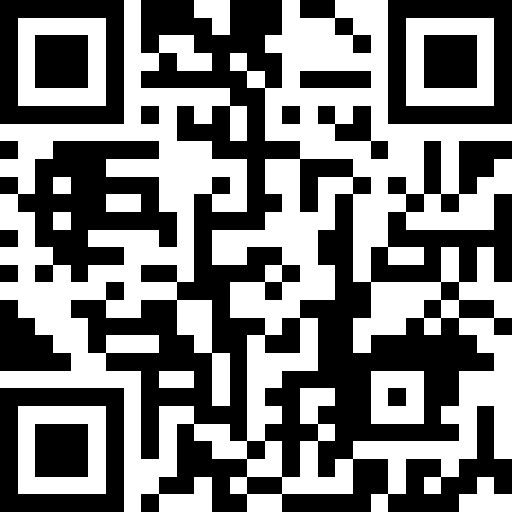Title Page
Assessment Details
-
Driver name
-
Reason for Training
-
Licence Number
-
Licence Expiry Date
-
Assessment vehicle Class
-
Vehicle Registration / Fleet Number
-
Transmission Type
-
Assessment Location
-
Has the Driver been notified of Assessment prior to commencement.
-
Has the Driver been briefed on the Assessment and what is expected of them during the course of the assessment.
Marking Legend:
-
C = Competent CCI = Competent but could improve NYC = Not yet Competent NA/NR = Not Applicable/Not Required
Drive Assessment
The assessment was completed to meet all standards required of the participant when performing their duties, however, whilst the participant has been assessed as competent at the time assessment, this cannot guarantee that the competency of the participant is maintained should the participant’s work habits go unchecked by their employer or the work environment changes in the future.
On Road Drive Assessment
-
Completes pre trip inspection (Complete safety checks )
-
Ensures vehicle and load secure
-
Loading aids secure (trolleys/pallet jacks/pogo sticks)
-
Ensures curtains secure
-
Does not allow excessive idle times (Does not allow the engine to Idle more than necessary)
-
Ensures cabin is tidy and safe (Clean, no loose items in cabin)
-
Ensures all features are set (mirrors, seat, ect)
-
Plans and/or follows safe route
-
Understands and obeys traffic signs and road laws (Understands and acknowledges Speed limits and road laws)
-
Uses SPOT (Scanning, Planning, Options, Take action)
-
Negotiates turns and intersections at safe speeds (Does the driver split lanes where appropriate)
-
Looks ahead, reads and adjusts to traffic and conditions (SVC Course, mirrors, signals, brakes, gears, mirrors, evasive action )
-
Follows other vehicles at a safe distance
-
Regularly checks mirrors
-
Safely and appropriately uses indicators
-
Negotiates roundabouts safely and appropriately (Plans drive to avoid unnecessary stopping and starting)
-
Scans intersections before entering (Always checks intersections prior to entering)
-
Makes eye contact with other operators, where possible (Establishes that other drivers have seen them)
-
Executes lane changes safely and appropriately (Checks the relevant mirror and road throughout lane change)
-
Execute overtaking safely and appropriately (Completed safely in appropriate areas)
-
Safely and appropriately operates transmission (Avoids neutralising in bends and turns (Minimum gear changes)
-
Drives efficiently by keeping revs within the “green” band
-
Hovers over brake pedal when entering intersections (Coasts to intersections and prepares for Intersections and possible hazards)
-
Safely and smoothly operates the brakes
-
Stops at a safe and appropriate distance from others
-
Identifies and reacts to hazards safely and early (Hazard Perception )
-
Safely and appropriately negotiates hills (Controls Speed)
-
Safely and appropriately operates auxiliary brakes
-
Performs hill starts safely and appropriately (Does not roll back if starting from a stationary position)
-
Shows courtesy to other road users
-
Safely and appropriately applies evasive action
-
Reverses safely for 70m in a straight line and/or into a parking bay/dock area
Assessment Result
-
Assessment 1 Competent
-
Assessment 2 Competent
-
Assessment 3 Competent
Sign Off and Declarations
-
Inspection Comments
-
The trainee confirms that they were observed by the trainer/assessor listed above for each of the tasks as listed above
-
Candidate Signature
-
Assessment Date
-
I confirm as the trainer/assessor, that I have observed the trainee performing each task as listed above and that he/she is competent in performing their duties. I also confirm that I hold the relevant licence required to assess
-
Trainer Signature
-
Assessment Date







